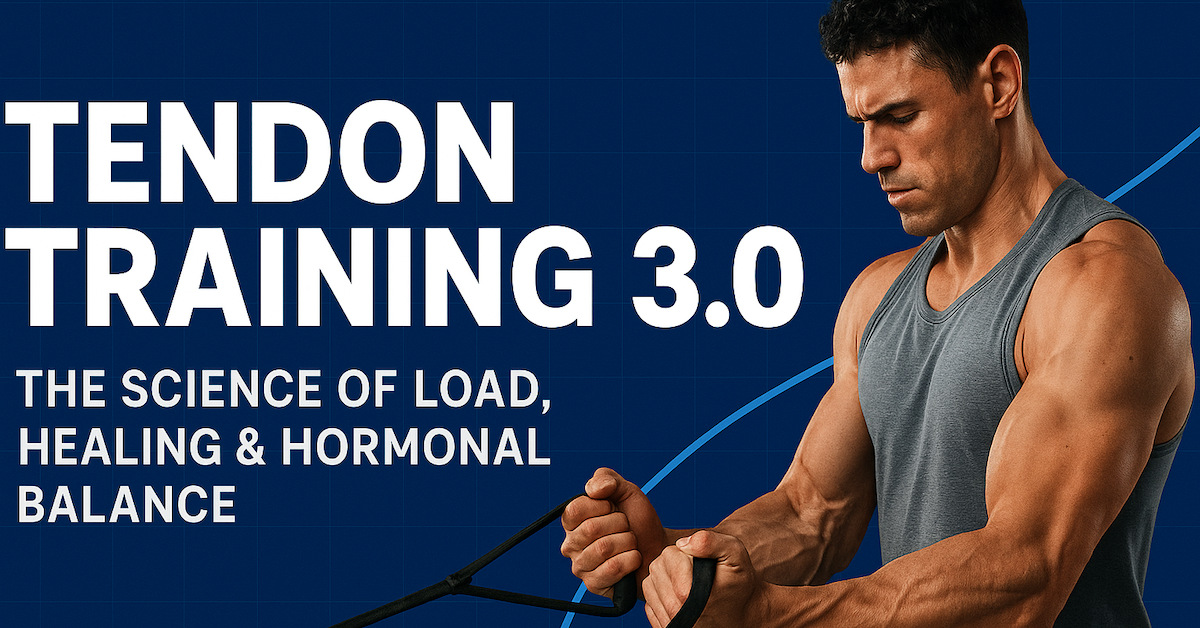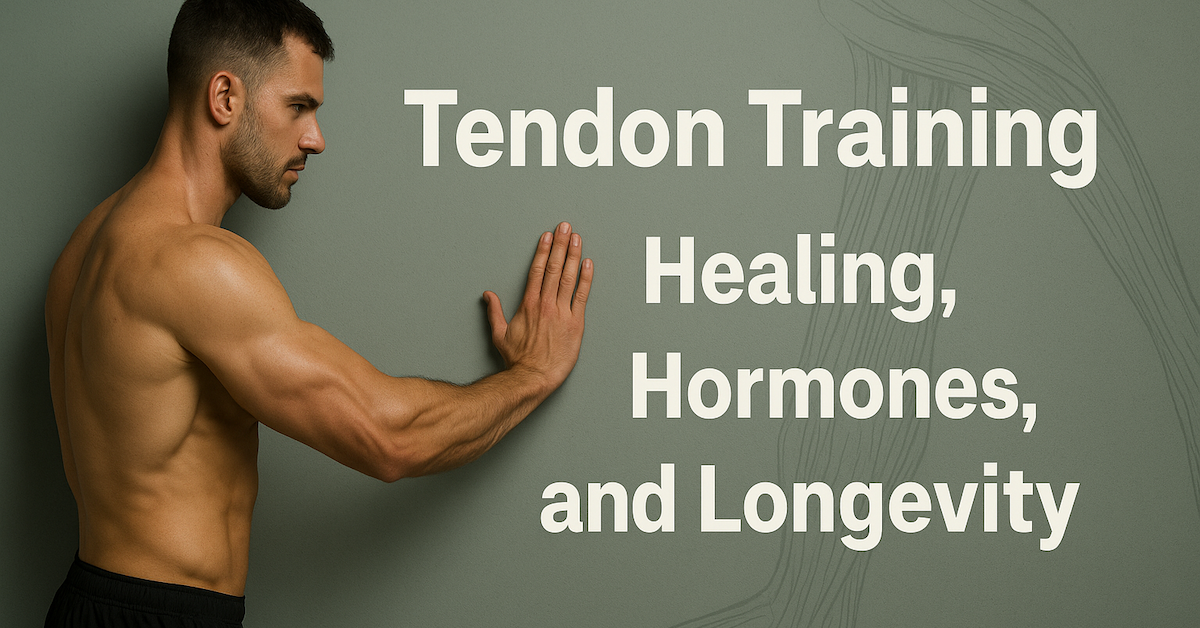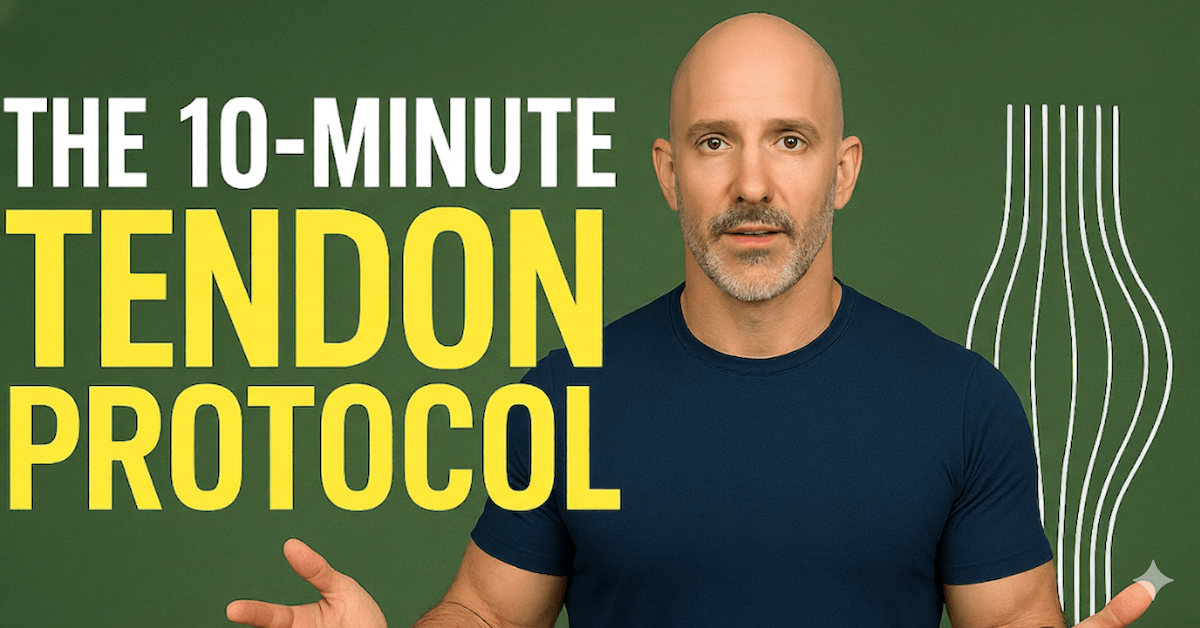Yesterday, my Oura readiness score was 94. I should have had a good workout—but I didn’t!
The first exercise was bent-knee deadlifts, and my goal was to work up from 305 to 335 pounds in a step-loading fashion for five sets of five.
I went to do my first work set, and it felt like I was lifting a tank! I did two reps and stopped. From experience, I knew I was not “ready” to train heavy that day, no matter what my Oura Ring said. I needed an extra day to recover, so I packed it up and went for a walk instead.
This morning, I went at it again—and this time, the weight felt light. (Below is my last set of deadlifts.) I got through the workout with ease.
My readiness score today was 93—almost the same as yesterday—but there was a big difference in performance.
If I had been stubborn and tried to grind through the workout yesterday, the outcome would not have been as positive as it was today. In fact, I’m sure I would have regretted that choice.
The take-home message is this: You can use all sorts of diagnostic tools to try and gauge your readiness for a workout, but your actual performance on the day trumps them all. I talk about this in more detail in my upcoming book, Invincible: Injury Prevention for Weight Lifters.

Injury Prevention Strategies for Aging Athletes
As athletes age, the risk of injury grows—and recovery takes longer. Injury Prevention Strategies for Aging Athletes reveals proven methods to help you stay strong, resilient, and active for years to come. In this 60-minute webinar, John Paul Catanzaro shares practical tips you can use immediately to reduce injury risk both on the field and in the gym.

Tendon Training 3.0: The Science of Load, Healing, and Hormonal Balance
If you’ve followed our tendon training series so far, you know that Dr. Keith Baar’s research has reshaped how we

Tendon Training 2.0: Advanced Insights on Healing, Hormones, and Longevity
If you haven’t read Part 1 — The 10-Minute Tendon Protocol: How to Build Stronger, Injury-Proof Tissue — start there

The 10-Minute Tendon Protocol: How to Build Stronger, Injury-Proof Tissue
Most athletes train muscles. The smart ones train tendons. The problem? Tendons don’t give you warning signs. There’s no such
follow
Error: No feed with the ID 2 found.
Please go to the Instagram Feed settings page to create a feed.
